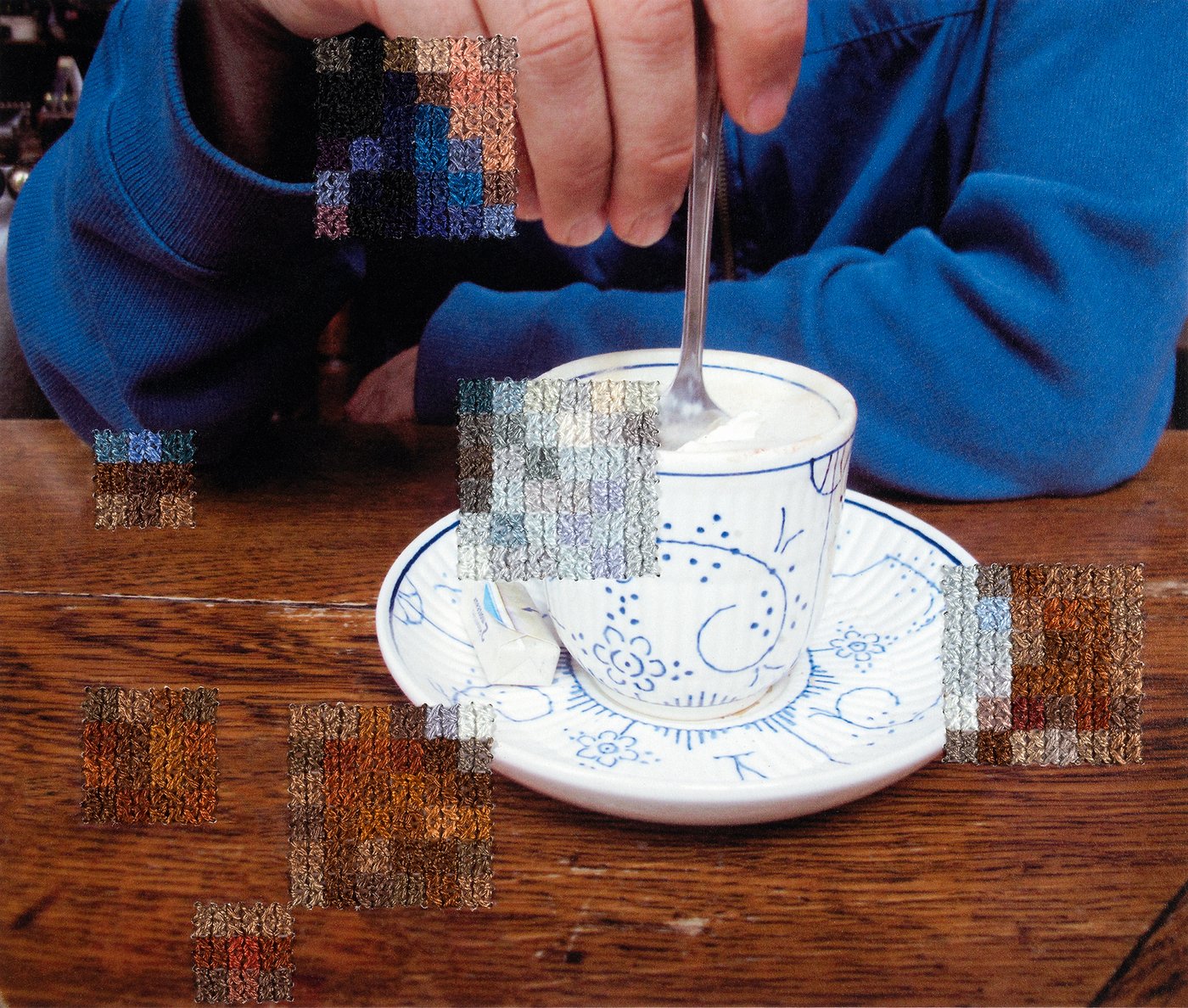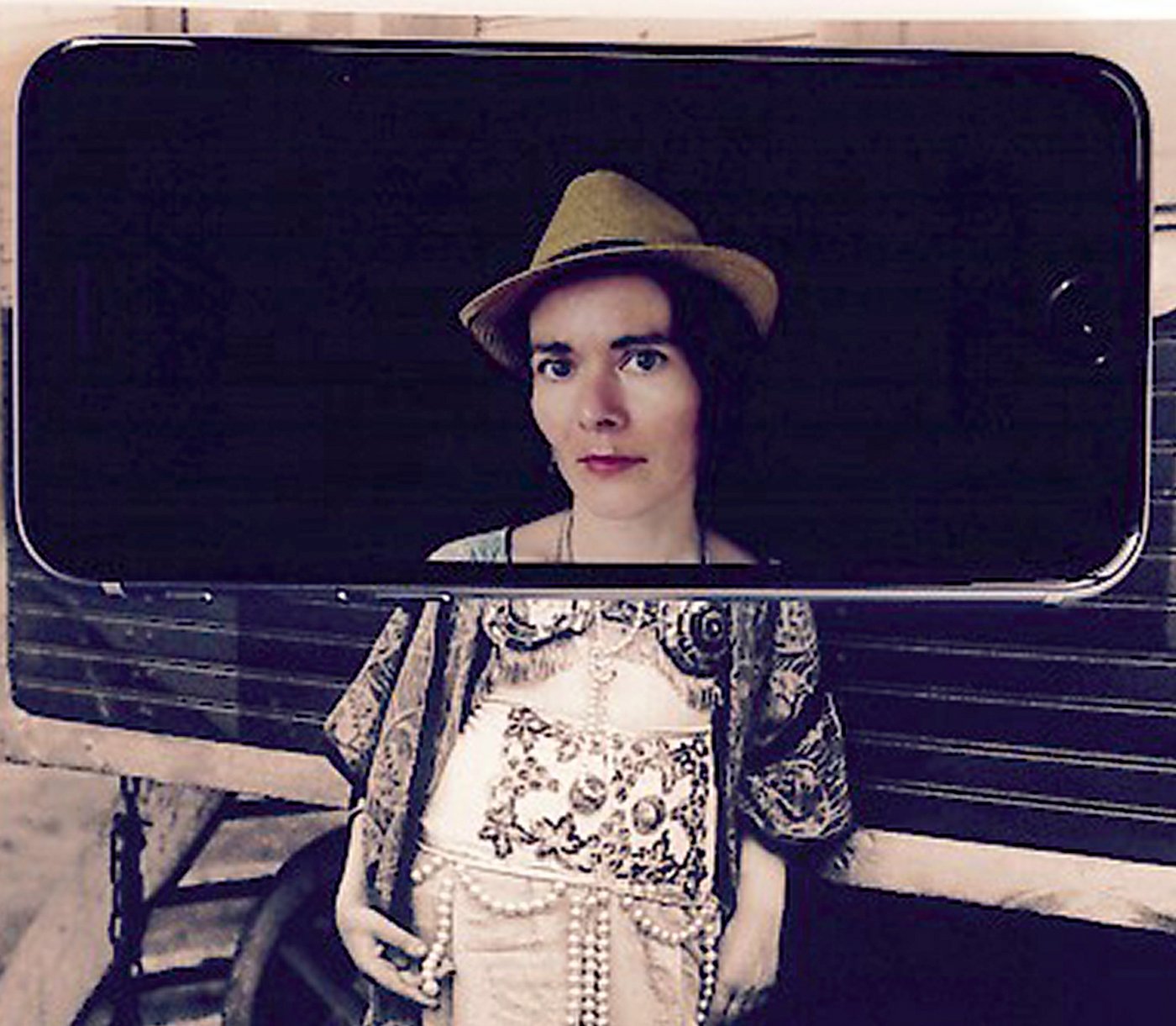TOTAL RECALL

A friend of mine experienced her recent vacation mainly through her digital camera. It wasn’t until she lost the camera upon her return that she realized she had hardly any memories of her own about the trip. Her experience of the journey had been outsourced to her camera’s memory card, so to speak. Yet this process doesn’t apply only to vacation photos or videos of a concert. Telephone numbers, addresses, appointments, travel routes and many more details important to our everyday lives are almost never written down or consciously memorized. This sort of data disappears from our memory or never actually reaches it in the first place. Many people trust that data storage devices will relieve them of the work of remembering. Some people don’t even know their own telephone number by heart—but they may not necessarily need to. The memory capacity of digital devices is nearly infinite. Hard drives and cloud computing make it possible to permanently archive events and facts, and to retrieve them at any time. Humanity is thereby increasingly delegating the task of remembering to technology.
Digitization is fundamentally changing our view of the past. Because digital storage capacity is unlimited, digital memories swell to boundless proportions. We quickly lose any overview and pass along control of our remembering to algorithms and their creators. Which is why we can barely escape our digital memories. All things past become present, always accessible. However, what we lack is the ability to deal with these changed conditions of remembrance in a meaningful and self-determined manner. The smartphone is our constant companion, its data nearly always available at any location. Each and every moment can immediately be captured in a photograph or video. Yet the pieces of data themselves are not actual memories. There aren’t really any adequate cultural techniques for remembering in the face of the rapid growth of digital archives.

"Digitization is fundamentally changing our view of the past."
To remember is to call up perceptions, experiences or meanings stored in our memory. These can be evoked by a scent, a sound or by a certain situation or image among other things. The oldest surviving Latin book on rhetoric—the Rhetorica ad Herennium—emphasizes that it is lively images that remain in the memory above all. Memories can be connected to places, people or experiences. They begin to weave together over time, referring back to one another, and are not chronological.
Furniture, clothing, photos, letters—we keep a lot of things from our lives to better recall special people, stages of life and moments. When physical keepsakes lose their meaning, we give them away. People who have trouble getting rid of things can learn from Marie Kondo and other lifestyle gurus. Yet there aren’t really any best practices for dealing with digital memories. Our postings, photos, videos and chat archives can be representative of many life experiences and provide support for autobiographical memory. But what is worth saving? And what is better erased from the hard drive? We don’t usually ask this question within the digital realm. Storage space doesn’t cost much and is available in an almost limitless supply. The result: massive archives of virtual possessions.
Mobile technologies and cloud computing allow access to everything digital from nearly everywhere, and so we distribute our virtual things across a number of various services. Accessibility is increased, but at the same time, references to a fixed location decrease. This makes it quite easy to lose track of what we’ve stored and where it’s located.
The main challenge is to prioritize and curate digital memories. Software solutions can be of assistance in helping us distinguish between memorable and unimportant data by allowing us to manage our data early in the process via interface design. For instance, immediate key words could be suggested or a limited lifespan could be determined in order to stop those mountains of data from being created in the first place. At the same time, interfaces are required that make it possible to create correlations between data and thus contexts for them. For example, a photo of an evening out at a concert could be presented with the ticket, the social network posts and the associated audio and video files. It would also be nice to have different forms of interaction that would allow multilayered experiences and recollections apart from just clicking on a file.
Documenting and experiencing seem to exist in a diametrically opposed relationship to one another—the more we document, the less we experience the actual moment, meaning the less we will remember it in the future. Maybe it would make more sense to leave our smartphones in our pockets more often. Especially during the special moments in life. In this way we can feel them more intensely and thus keep them that much longer in our memories.

Remembering is a process that we are aware of in the moment. But there is no such thing as conscious forgetting. Forgetting is the absence of memory. Along with the ability to understand and to store memories, the human nervous system requires the ability to forget. Forgetting doesn’t completely erase the past, but merely lets it fade away so that meaningful memories are not overshadowed by less important ones. A person who cannot forget may run the risk of losing their mind—but what does this mean for the digital world?
Active forgetting is not a part of the digital world and requires a deliberate process of deletion. In the EU General Data Protection Regulation (GDPR), Article 17 provides for the right of erasure. This right to be forgotten is to ensure that digital information related to a specific person is not available in perpetuity. A person can demand that a company that runs an internet search engine remove certain content about them from search results if it violates their right to privacy. However, it remains difficult to prevent copying of such information and its distribution across the internet—not least due to what has come to be known as the Streisand effect: the attempt to suppress unwanted information can attract even more public attention and thus counteract this objective. This effect is especially relevant for companies whose success depends to a large extent on their public reputation. These companies must learn to deal with the fact that all of their actions and messages are immediately recorded in the collective memory of the internet.
Deutsche Bahn, the German rail service, fairly recently fell victim to the Streisand effect. The climate activist Greta Thunberg was riding one of their trains and she twittered a photo of her trip. You see Thunberg sitting on the train floor surrounded by luggage. Actually, the company could have used this picture as a positive advertisement for itself with an appropriate message: So many people are traveling with this environmentally friendly means of transport that all of the seats were occupied.
Instead, the Deutsche Bahn communication department took the tweet as a criticism and reacted poorly. Their response was to accuse Thunberg of staging the photo and of actually having enjoyed the comfort of the train in her seat in first class. The interaction on Twitter was shared by a large number of people, bringing it to the attention of journalists. Their research showed that, in fact, Thunberg did have to sit on the floor of an overcrowded ICE train (due to her original train having been cancelled). Deutsche Bahn was then faced with criticism from all sides: not just for the cancelled train and the lack of available seats, but especially for the unfortunate interaction with Greta Thunberg. The company potentially even violated data protection regulations by publishing Thunberg’s travel booking on Twitter. In short, it was a complete PR disaster. People and companies making public statements on social media must choose their words carefully. There isn’t a lot of forgiving and forgetting—particularly not forgetting—in the digital realm.
The neurologist Oliver Sacks wrote, “Memory is dialogic and arises not only from direct experience but from the intercourse of many minds.” This is exactly what happens on social networks such as Facebook or photo and video sharing apps such as Instagram or TikTok. Their members can record situations for themselves and for others—as shared memories. Sharing means preserving.
The broad participation in social networks makes it possible to share different perspectives of collective experiences and thereby remember them in a differentiated manner, as with the diverse recollections of the thirtieth anniversary of the fall of the Berlin Wall. A joint, cross-platform commemoration can also occur, as when the death of basketball legend Kobe Bryant momentarily became one of the dominant (if not the dominant) themes on Twitter, Facebook and Instagram—people around the world commemorated Bryant’s life online. Communication in social networks lends itself to the formation of subtle levels of memory. At the same time, and even at different times, many participants in public digital spaces can express themselves on a topic, thereby creating a collective memory.
How memories are shared is increasingly influenced by algorithms. With the ever-growing and comprehensive recording of events and memories via social media, websites and blogs, a lot of personal information is also findable and trackable. Everything past can become present again, retrievable at any time. This makes escaping from unwanted memories increasingly difficult. It also begs the question of who controls these digital memories and has targeted access to them. As of yet there has been zero transparency about how the algorithms work or how the platforms process the data and memories. However, whoever has control of the digital memory will also control what is retained and remembered and in what form.
